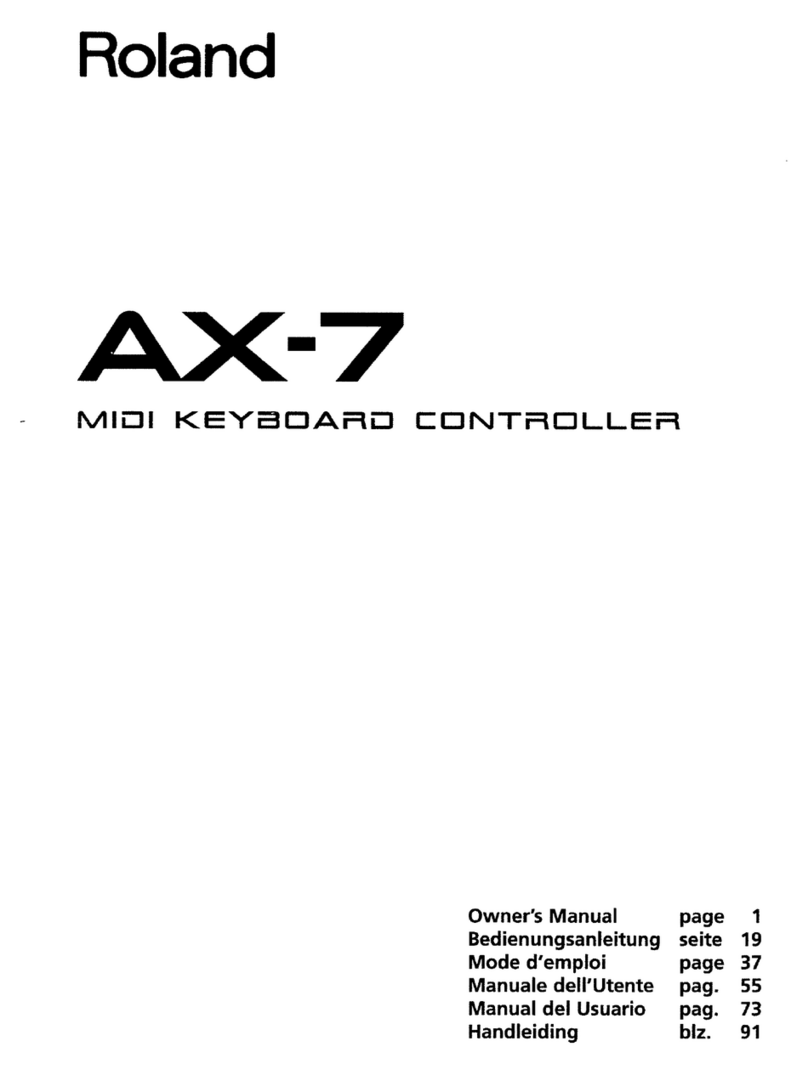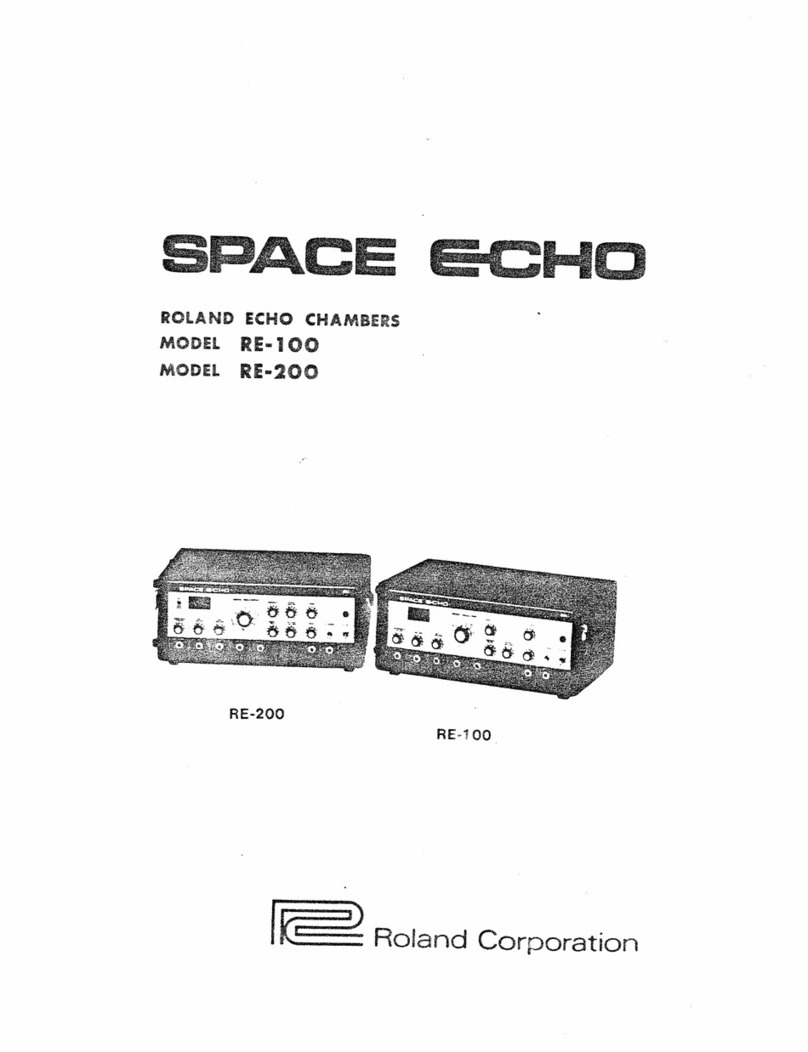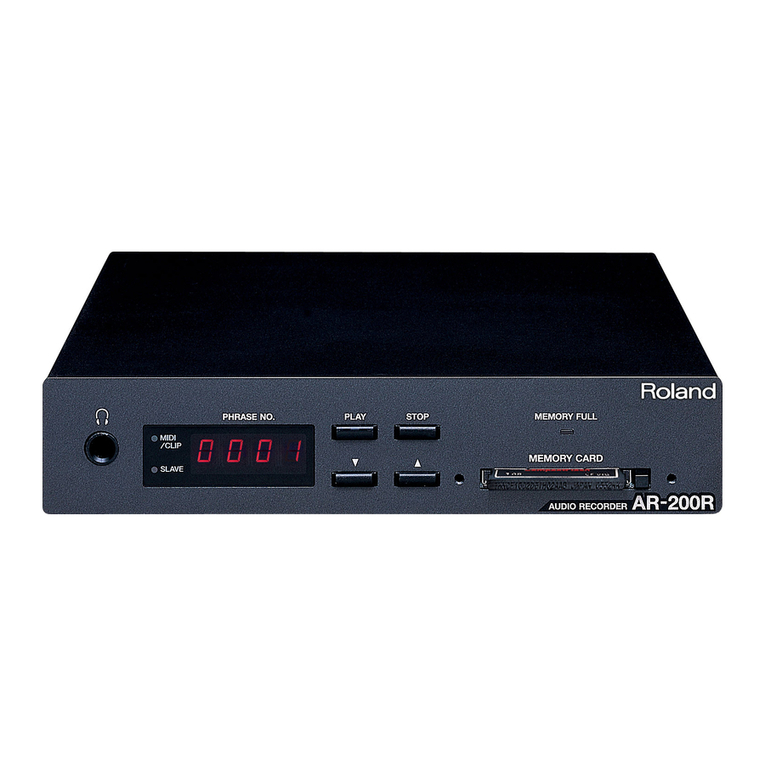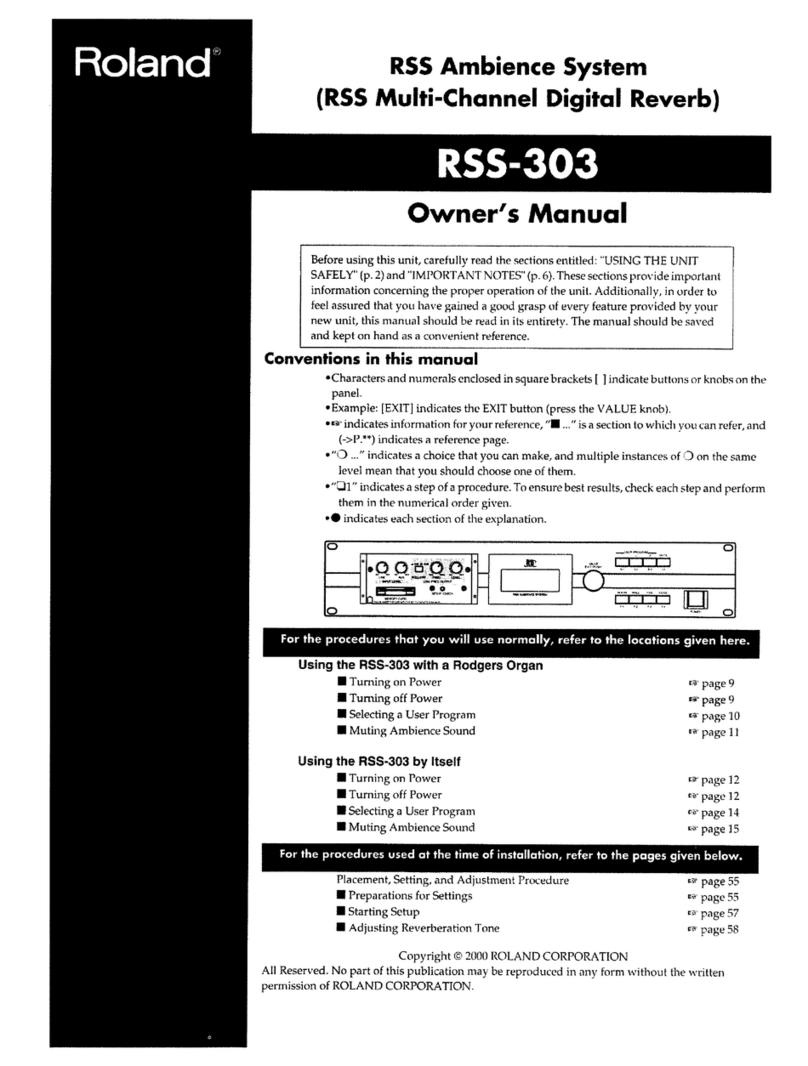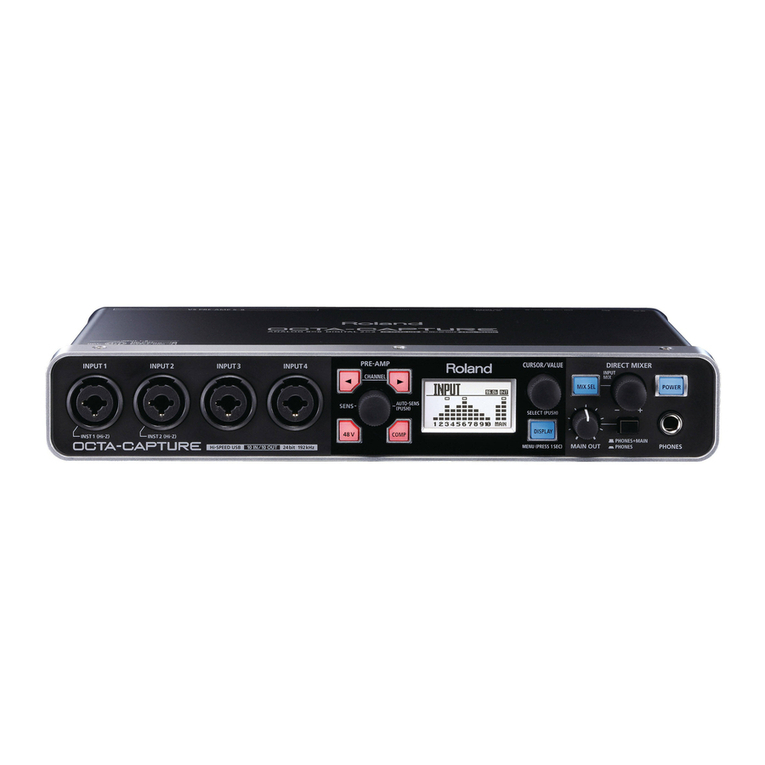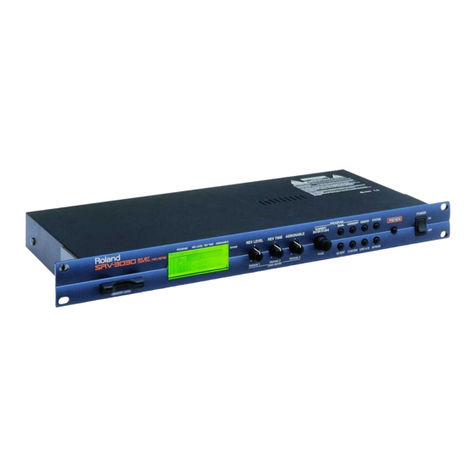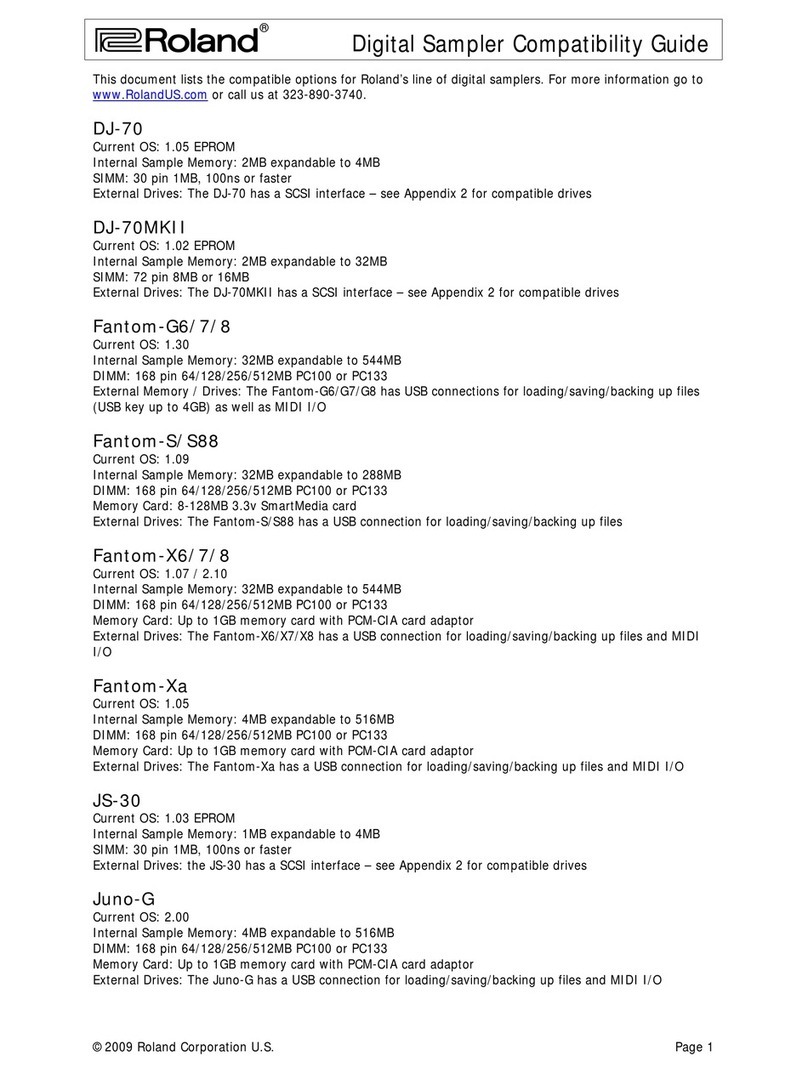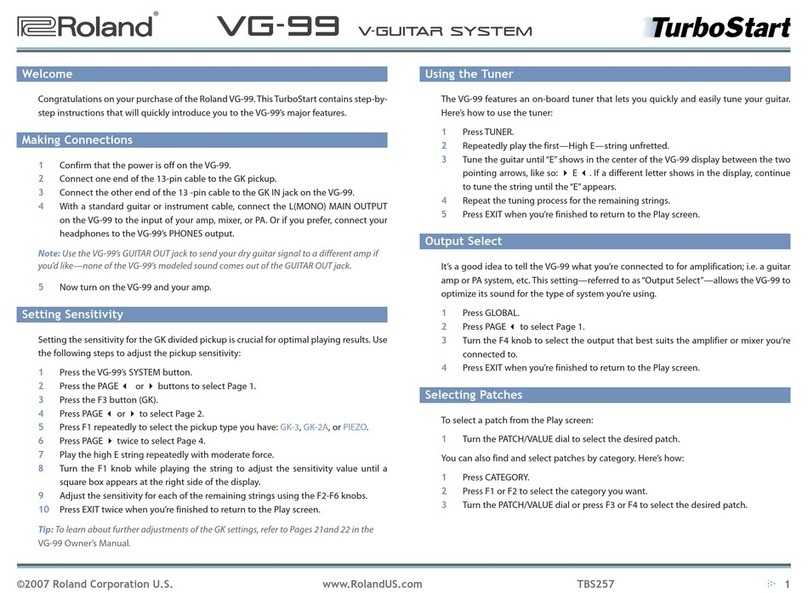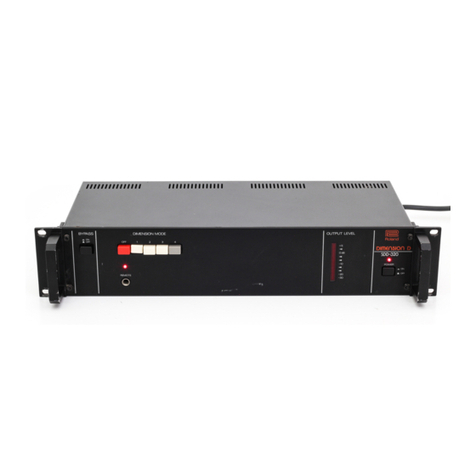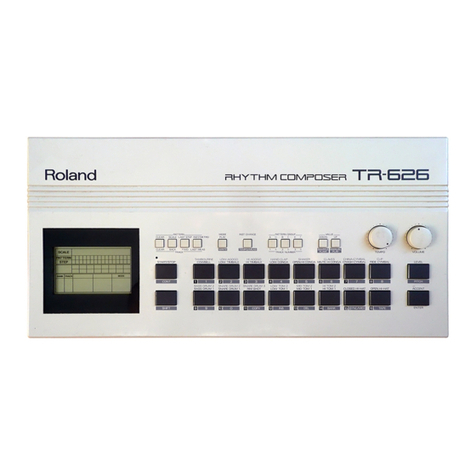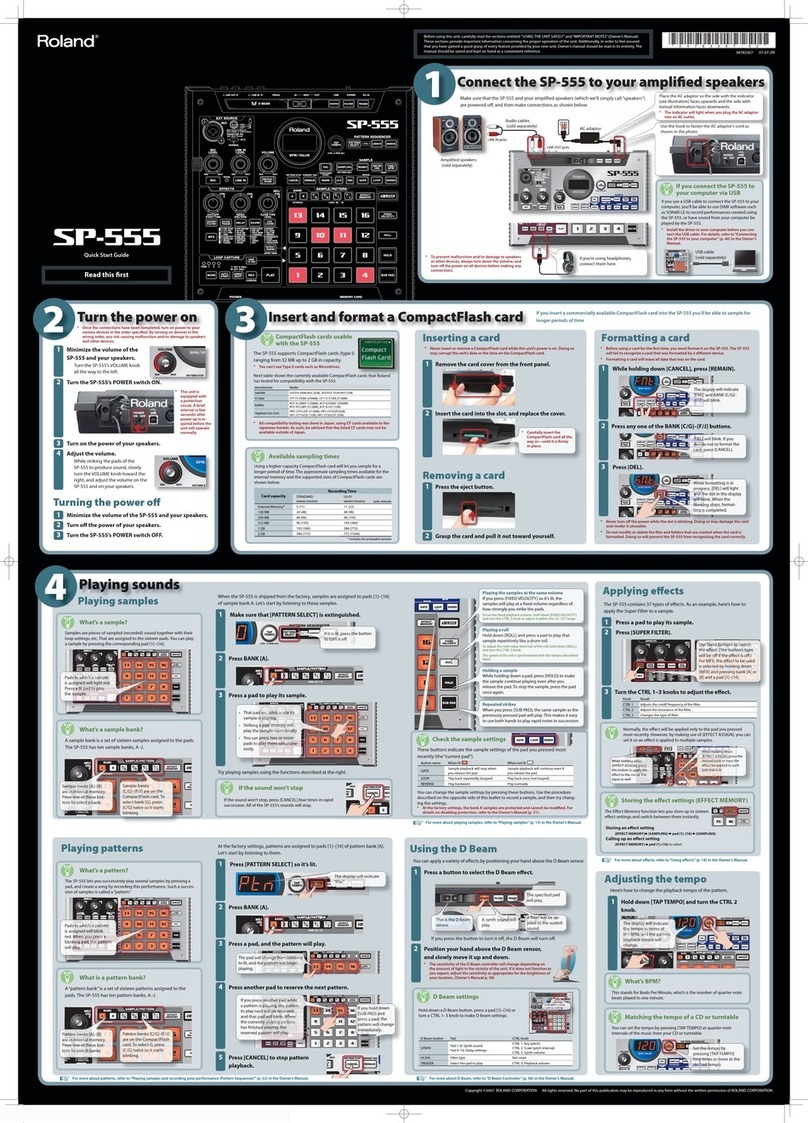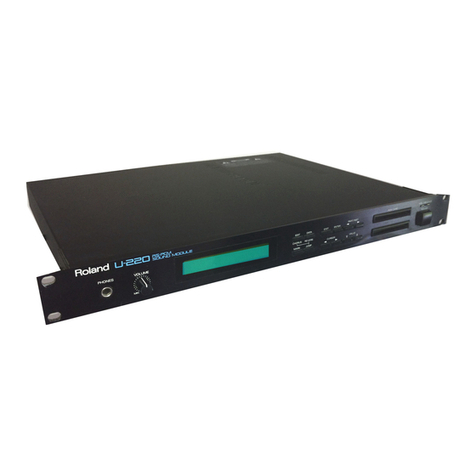
Radio and television interference
"Warning —This equipment has been verified to comply with the limits for aClass Bcomputing device,
pursuant to Subpart J, of Part 15, of FCC rules. Operation with non-certified or non-verified equipment
is likely to result in interference to radio and TV reception."
The equipment described in this manual generates and
uses radio-frequency energy, if it is not installed and used
properly, that is, in strict accordance with our instructions,
it may cause interference with radio and television recep-
tion.
This equipment has been tested and found to comply with
the limits for aClass Bcomputing device in accordance
with the specifications in Subpart J, of Part 15, of FCC
Rules. These rules are designed to provide reasonable pro-
tection against such an interference in aresidential installa-
tion.
However, there is no guarantee that the interference will
not occur in aparticular installation, if this equipment does
cause interference to radio or television reception, which
can be determined by turning the equipment on and off,
the user is encouraged to try to correct the interference
by the following measure:
•Disconnect other devices and their input/output cables
one at time. If the interference stops, it is caused by
either the other device or its I/O cable.
These devices usually require Roland designated shielded
I/O cables. For Roland devices, you can obtain the proper
shielded cable from your dealer. For non Roland devices,
contact the manufacturer or dealer for assistance.
If your equipment does cause interference to radio or
television reception, you can try to correct the interference
by using one or more of the following measures.
•Turn the TV or radio antenna until the interference stops
•Move the equipment to one side or the other of the TV
or radio.
•Viove the equipment father away from the TV or radio.
•Plug the equipment into an outlet that is on adifferent
circuit than the TV or radio. (That is, make certain the
equipment and the radio or television set are on circuits
controlled by different circuit breakers or fuses.)
•Consider installing arooftop television antenna with
coaxial cable lead-in between the antenna and TV.
If necessary, you should consult your dealer or an ex-
perienced radio/television technician for additional sugges-
tions. You may find heipuf the following booklet prepared
by the Federal Communications Commission.
"'How to Identify and Resolve Radio-TV Interference
Problems"
This booklet is avilable from the U.S. Government Printing
Office. Washington. D.C., 20402, Stock No. 004-000-
00345-4.
The MKS-10 is aPiano Sound Module which is
played by the music data transmitted from the
external device.
It is specifically designed to be used with aMIDI
equipped keyboard, sequencer or ahome computer.
FEATURES
•This is a16 voice polyphonic sound module provided
with 8basic preset tone colors and effects such as
tremolo and chorus, allowing wide variety of synthe-
sizing.
•This produces awaveform independently for each
tone color and pitch, therefore the created tone color
is extremely realistic.
•Natural dynamics effect and smooth change of
harmonic contents are obtained by MIDI velocity
message sent from an external device.
•MIDI program change message, received from an
external device, controls tone color selection and
effect on/off.
•Any of 16 channel numbers CH-1 to CH-16 can be
selected for aMIDI receiving channel.
•The MKS-10 is 19 inch, E1A standard mounting
type, thereby can be compactly and comfortably set
up with other MKS series and sound module, effect
device, amplifier, etc.
CONTENTS
TPanel Description 3
2Connection 5
3Operation 6
A. Setting MIDI Channel 6
B. Selecting aTone Color 6
C. Effects 7
a. Chorus/Flanger 7
b. Tremolo'V/ru 7
D. Rate, Depth Knobs 7
E. Other Controls 7
a. Briiliance Knob 7
b. Volume knob 7
c. Tune Knob 7
AExternal Control to the MKS-10 8
A. Program Change Message 8
B. Control Change Message 8
5Specifications 9



